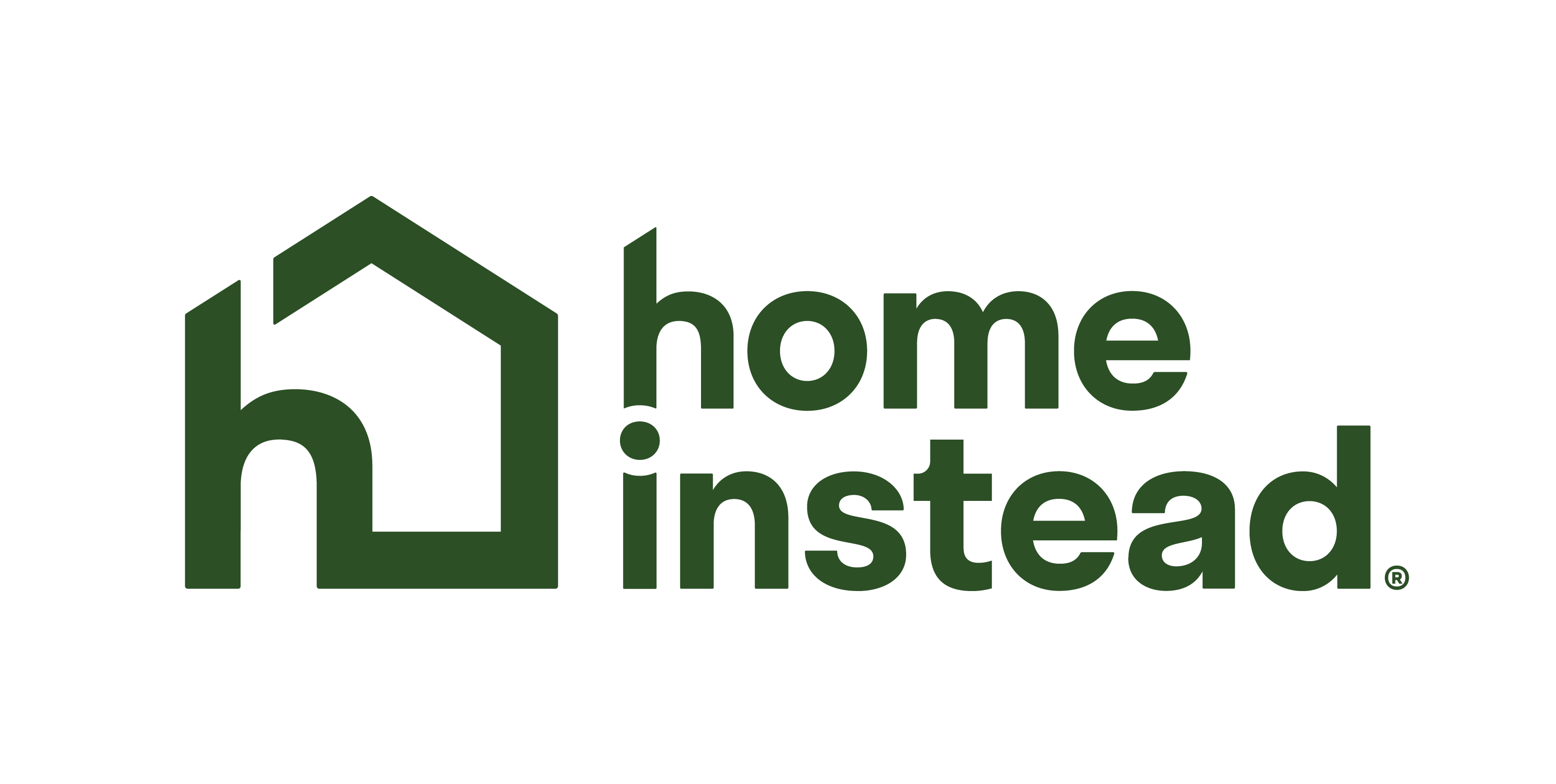Home care allows aging adults to stay where they’re most comfortable—at home. This guide helps families understand what services are available, how to evaluate providers, and what to expect.
Introduction: Navigating a Life-Changing Decision
Choosing in-home care for a loved one is one of the most important and personal decisions a family can make. Whether you’re seeking part-time help or around-the-clock assistance, the process can feel overwhelming. This guide is designed to help families understand their options, evaluate providers, and confidently select the best in-home senior care services tailored to their loved one’s needs.
What Is In-Home Senior Care?
In-home senior care refers to professional caregiving services provided in the comfort and safety of a senior’s own home. These services can range from light housekeeping and companionship to skilled nursing and memory care.
Introduction: Navigating a Life-Changing Decision
Choosing in-home care for a loved one is one of the most important and personal decisions a family can make. Whether you’re seeking part-time help or around-the-clock assistance, the process can feel overwhelming. This guide is designed to help families understand their options, evaluate providers, and confidently select the best in-home senior care services tailored to their loved one’s needs.
What Is In-Home Senior Care?
In-home senior care refers to professional caregiving services provided in the comfort and safety of a senior’s own home. These services can range from light housekeeping and companionship to skilled nursing and memory care.
Types of In-Home Senior Care Services:
Personal care assistance (bathing, dressing, toileting)
Companionship and emotional support
Meal planning and preparation
Medication reminders
Transportation to appointments
Dementia and Alzheimer’s care
Post-surgery recovery support
24/7 live-in care or hourly care
Signs Your Loved One May Need In-Home Care
It’s not always obvious when it’s time to bring in professional help. Look for these signs:
Difficulty with daily tasks like grooming or cooking
Recent falls or mobility issues
Forgetfulness or confusion (especially with medication)
Loneliness or isolation
Unkempt living spaces or neglected hygiene
Pro tip: Early intervention with home care can prevent hospitalization and improve long-term quality of life.
Step 1: Assess Your Loved One’s Needs
Start by understanding the level of care your family member requires. Consider:
Physical condition: Do they need help walking, transferring, or toileting?
Cognitive status: Are there signs of dementia or confusion?
Medical needs: Are there chronic conditions that require regular attention?
Daily living: What level of support is needed for household tasks?
Create a checklist to bring into your consultation with a home care provider.
Step 2: Understand the Types of Caregivers
There are various types of caregivers, each with different qualifications:
| Caregiver Type | Services Provided | Certification |
|---|---|---|
| Companion/Homemaker | Emotional support, errands, light cleaning | Not required |
| Personal Care Aide (PCA) | Help with dressing, bathing, mobility | State certification (varies) |
| Certified Nursing Assistant (CNA) | Basic medical care, vital signs, hygiene | CNA license |
| Licensed Practical Nurse (LPN) | Administer medication, wound care | LPN license |
| Registered Nurse (RN) | Complex medical tasks, care plans | RN license |
Always ask about certifications, experience, and background checks during your caregiver selection process.
Step 3: Research Home Care Agencies vs. Independent Caregivers
You’ll need to choose between hiring a professional home care agency or an independent caregiver. Both have pros and cons:
Home Care Agency
Pros:
Handles payroll, taxes, insurance
Provides backup caregivers
Conducts background checks and training
Cons:
Typically higher hourly rates
Independent Caregiver
Pros:
Lower cost
Potential for more personalized care
Cons:
You’re responsible for vetting, scheduling, and liability
Step 4: Interview and Evaluate Potential Providers
When vetting a caregiver or agency, ask the following questions:
Are caregivers trained in dementia or fall prevention?
Is there a care coordinator or case manager assigned?
How is care customized for each client?
Are background checks and drug screenings performed?
Is there a 24/7 support line or emergency contact?
Can they provide references from current clients?
Red flag: Vague answers or high-pressure sales tactics. Trust your instincts.
Step 5: Consider the Cost of In-Home Care
Costs vary by location, care type, and hours needed. On average, in-home senior care can range from $35 to $45 per hour.
Common payment options include:
Private pay
Long-term care insurance
Veterans benefits
Medicaid programs (varies by state)
State-funded waiver programs
Request a detailed cost estimate and understand what services are covered before signing any agreement.
Step 6: Review the Care Plan
A quality home care provider will offer a customized care plan based on your loved one’s needs and preferences. This document should include:
Types of services provided
Frequency and schedule of care
Assigned caregivers and their qualifications
Emergency protocols
Communication plan for family updates
Make sure the care plan is reviewed regularly and adjusted as needs change.
Step 7: Monitor the Care and Provide Feedback
Once care begins, your job isn’t over. Stay involved.
Schedule regular check-ins with the caregiver
Use a family care journal or app to track activities
Ask your loved one how they feel about the care
Communicate openly with the agency about any concerns
Good home care is collaborative. Don’t be afraid to advocate for your family member.
Common Mistakes to Avoid
Waiting too long to get help
Choosing based solely on price
Not involving the senior in decisions
Failing to clarify expectations
Overlooking caregiver compatibility
Take your time, ask the right questions, and focus on long-term peace of mind.
Choosing the Right Fit for Your Family
The best in-home senior care provider is one that not only meets your loved one’s physical needs, but also respects their dignity, honors their independence, and supports your family’s peace of mind.
Quick Checklist:
✅ Evaluate care needs
✅ Understand caregiver qualifications
✅ Choose between agency vs independent
✅ Interview carefully
✅ Review the care plan
✅ Monitor care consistently
Final Thoughts: You’re Not Alone
Caring for an aging parent or loved one is a profound responsibility—but you don’t have to carry it alone. Choosing the right in-home senior care provider can ease your burden and improve your loved one’s quality of life.
At Home Instead, we specialize in compassionate, professional in-home senior care throughout Southeast and Southern Minnesota. Whether you’re just starting your search or ready to create a care plan, we’re here to help.
👉 Schedule your free consultation today or call us at 5o7.285.1700 to speak with a care coordinator.



